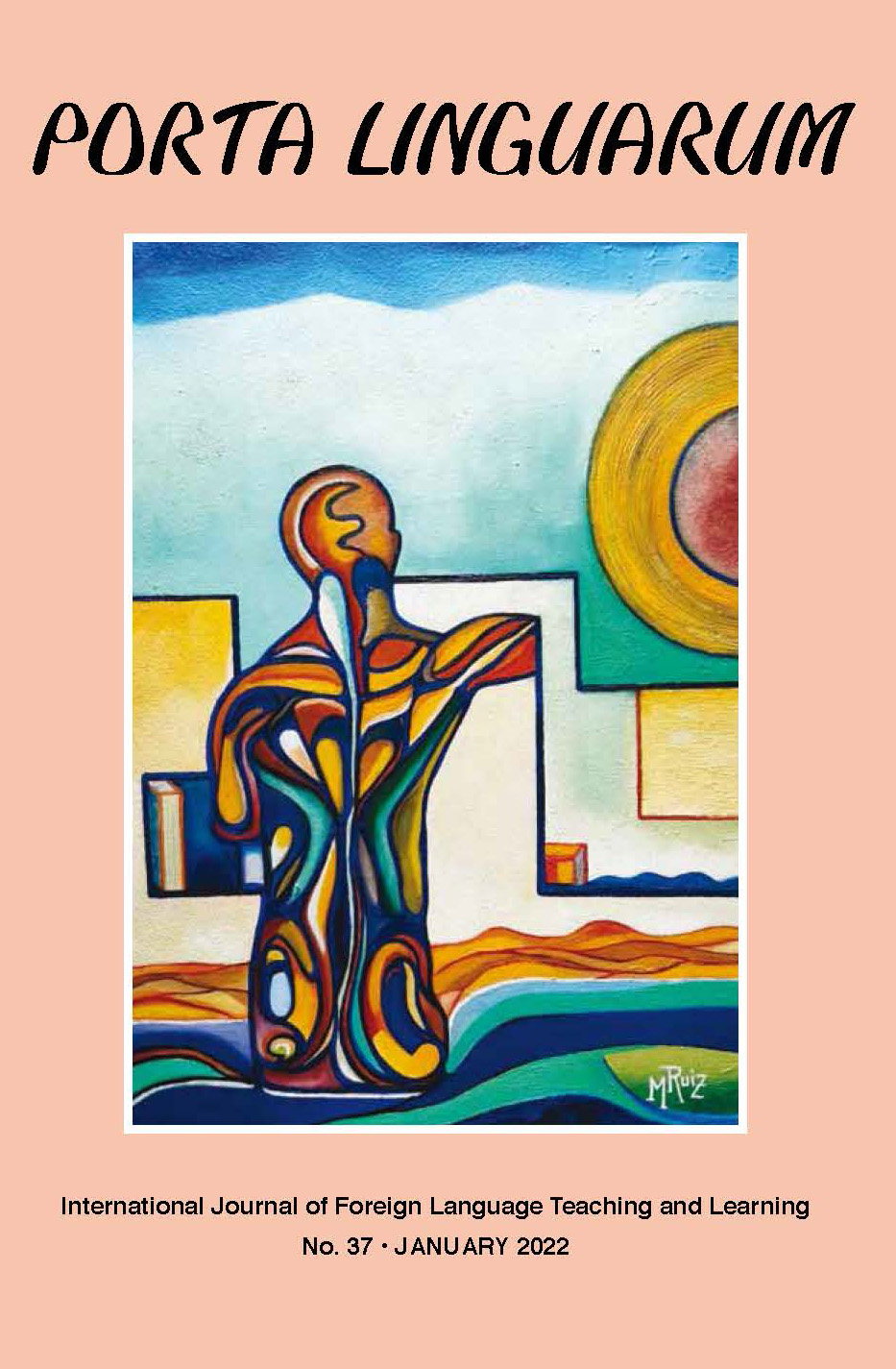Approaching an expansion of teaching American Studies through popular culture texts
DOI:
https://doi.org/10.30827/portalin.vi37.21692Keywords:
cultural studies, TV series, cinema, US popular culture, American StudiesAbstract
The present study aims to consider an expanded approach to teaching American Studies at the Universidad de Alcalá, achieved by using popular culture texts to assist the comprehension and analysis of foreign sociocultural contexts. Given the pervasiveness of American products framed by an increased access provided by digital globalization, it reveals particularly useful to approach such texts from a critical academic perspective. Stemming from the answers a diverse range of students gave—and considering their limitations—the study delves into how popular culture informs and shapes the students’ disposition toward learning, consequently allowing to outline how a course in American Studies could be developed in order to exploit such texts and effectively stimulate a more diverse understanding of the American context(s).
Downloads
References
Bertonneau, T.F. (2010). A counter-curriculum for the pop culture classroom. Academic Questions, 23(4), 420-434. https://doi.org/10.1007/s12129-010-9196-5
Bird, S.A., & Williams, J.N. (2002). The effect of bimodal input on implicit and explicit memory: an investigation into the benefits of within-language subtitling. Applied Psycholinguistics, 23(4), 5509-5533. https://doi.org/10.1017/S0142716402004022
Bonsignori, V. (2018). Using films and TV series for ESP teaching: A multimodal perspective. System, 77, 58-69. https://doi.org/10.1016/j.system.2018.01.005
Browne, R.B. (2005). American Studies and popular culture. In R. Browne (Ed.), Popular culture studies across the curriculum (pp. 17-23). McFarland.
Buckingham, D. (1998). Introduction: fantasies of empowerment? Radical pedagogy and popular culture. In D. Buckingham (Ed.), Teaching popular culture: beyond radical pedagogy (pp. 1-17). Psychology Press.
Callahan, M., & Low, B.E. (2004). At the crossroads of expertise: The risky business of teaching popular culture. The English Journal, 93(3), 52-57. https://doi.org/10.2307/4128809
Canning-Wilson, C. (2000). Practical aspects of using video in the foreign language classroom. The Internet TESL Journal, 6(11). Retrievable at http://iteslj.org/Articles/Canning-Video.html
Dema, O., & Moeller, A.K. (2012). Teaching culture in the 21st century language classroom. In T. Sildus (Ed.), Touch the World: Selected Papers from the 2012 Central States Conference on the Teaching of Foreign Languages (pp. 75-91). Crown Prints.
Grubba, L.S. (2020). Cinema, human rights and development: The cinema as a pedagogical practice. CINEJ Cinema Journal, 8(1), 88-123. https://doi.org/10.5195/cinej.2020.238
Harmer, J. (2001). The practice of English language teaching (3rd ed.). Pearson Longman.
Hofmann, J. (2018). Pixar films, popular culture, and language teaching: The potential of animated films for teaching English as a foreign language. Global Studies of Childhood, 1–14. https://doi.org/10.1177/2043610618798929
Kaiser, M., & Shibahara, C. (2014). Film as source material in advanced foreign language classes. L2 Journal, 6(1). https://doi.org/10.5070/L26119239
Kellner, D., & Share, J. (2019). The Critical Media Literacy Guide: Engaging Media and Transforming Education. Brill.
Luke, C. (1993). Media and popular culture in education and society: An introduction to education studies. Teaching Education, 5(2), 41-56. https://doi.org/10.1080/1047621930050204
Luke, C. (1997). Media literacy and cultural studies. In S. Muspratt, A. Luke, & P. Freebody (Eds.), Constructing critical literacies: Teaching and learning textual practice (pp, 19-49). Hampton Press.
Montero Perez, M., Peters, E., & Desmet, P. (2014). Is less more? Effectiveness and perceived usefulness of keyword and full captioned video for L2 listening comprehension. Re-CALL: The Journal of EUROCALL, 26(1), 21-43. https://doi.org/10.1017/S0958344013000256
Pachler, N. (2000). Re-examining communicative language teaching. In Field, K. (Ed.), Issues in modern foreign language teaching, pp. 22-37. Routledge.
Peacock, J., Covino, R., Auchter, J., Boyd, J., Klug, H., Laing, C., & Irvin, L. (2016). University faculty perceptions and utilization of popular culture in the classroom. Studies in Higher Education. https://doi.org/10.1080/03075079.2016.1180673
Pegrum, M., Hartley, L. & Wechtler, V. (2005). Contemporary cinema in language learning: from linguistic input to intercultural insight. The Language Learning Journal, 32(1), 55-62. https://doi.org/10.1080/09571730585200191
Pierson-Smith, A., Chik, A. & Miller, L. (2014). Teaching popular culture in a second language university context. Pedagogies: An International Journal, 9(3), 250-267. https://doi.org/10.1080/1554480X.2014.921173
Trier, J. (2007). Teaching theory through popular culture texts. Teaching Education, 18(2), 151-165. https://doi.org/10.1080/10476210701325242
Vyushkina, E. (2016). Legal English through movies: development of professional communicative competence. Studies in Logic, Grammar and Rhetoric, 45(58), 253-263. https://doi.org/10.1515/slgr-2016-0027
Weinstock, J.A. (2021a). Opening keynote (interview with Anna Marta Marini). 50+ Shades of Gothic: The Gothic Across Genre and Media in US Popular Culture international virtual conference. https://www.youtube.com/watch?v=5xJEof2L9Cc
Weinstock, J.A. (2021b). Pop culture for beginners. Broadview.
White, C., & Walker, T. (2007). Tooning in: Essays on popular culture and education. Rowman & Littlefield Publishers.



















